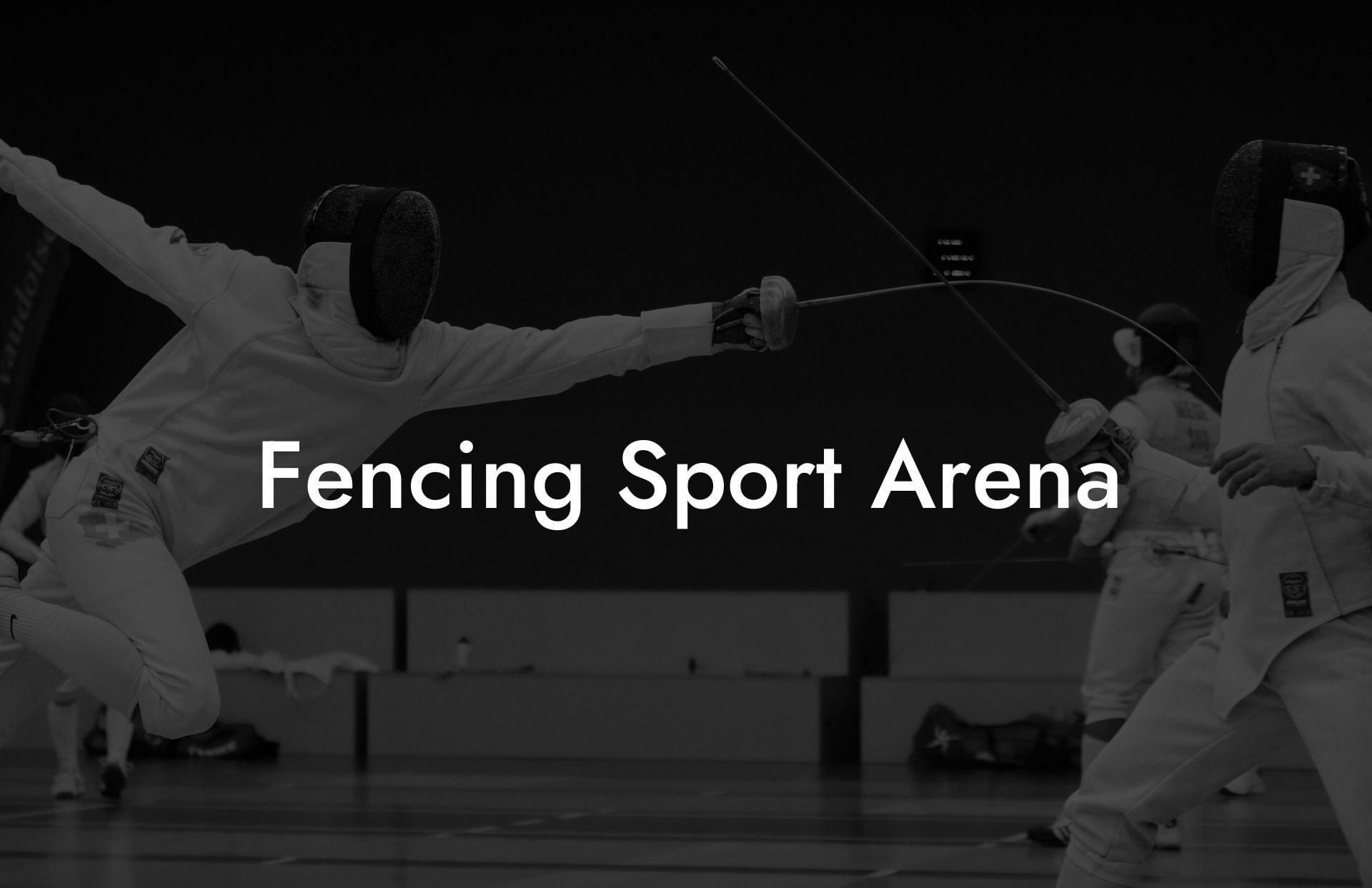Discover the excitement and thrill of the fencing sport arena! Step into a world of precision, speed, and strategy that will have you hooked from the moment you pick up your weapon. In this article, we'll dive into the various aspects that make a fencing sport arena the ultimate battleground for fencers of all levels.
Fencing Sport Arena Table of Contents
Components of a Fencing Sport Arena
1. The Fencing Strip
The fencing strip, also known as the piste, is the designated playing area for a fencing bout. Measuring 14 meters long and 1.5 to 2 meters wide, the strip provides fencers with a defined space to attack, retreat, and maneuver. The strip's edges are marked with lines to denote the boundaries, and going off the edge can result in a penalty or point for your opponent.
2. Scoring System
Fencing utilizes an electronic scoring system to accurately and fairly record hits and actions throughout the bout. This system consists of a scoring box, reels, and a grounded strip. The scoring box will display points and relevant information, such as time remaining and warnings, while the reels connect to the fencers' weapons and body cords, registering each touch made during a match.
3. Protective Gear
Safety is paramount in fencing, which is why all competitors are required to wear specific protective gear before entering the arena. This includes:
- Fencing mask: A sturdy metal mesh mask with a bib to protect the head, face, and neck.
- Fencing jacket: A thick, padded jacket that covers the torso and arms.
- Plastron: An underarm protector worn beneath the jacket to provide additional padding.
- Gloves: Fencing gloves, with the weapon-hand glove featuring additional insulation.
- Knickers: Protective pants designed to withstand potential fencing hits.
- Long socks and fencing-specific shoes: These should provide support and mobility while on the strip.
4. Weapons
There are three types of fencing weapons, each with unique attributes and rules:
- Foil: A light and flexible weapon with a small, circular guard. In foil fencing, only touches made with the tip of the blade on the torso are considered valid.
- Epee: Similar in shape to the foil, the epee's guard is larger, and the weapon is slightly heavier. In epee fencing, any touch made with the tip of the blade anywhere on the body is valid.
- Sabre: Featuring a curved guard, the sabre's blade is light and flexible. Sabre fencing allows touches to be made with both the edge and tip of the blade, though only on the upper body.
Fencing Sport Arena Example:
Imagine walking into your local fencing sport arena for the first time. You'll see rows of fencing strips, with eager competitors testing their skills and pushing their boundaries. The buzz of the scoring machines fills the air as hits are made and points are scored. Athletes move with lightning-fast reflexes, evidence of countless hours spent honing their techniques.
Now that you've gotten an insider's look into the fencing sport arena, we hope you're inspired to give this thrilling and challenging sport a try. With the right equipment, dedication, and practice, you may just find yourself competing in a bustling arena one day. Feel free to share this article, explore our other guides on Anchorage Fencing Club, and step into the world of fencing where you can embrace your inner swashbuckler while also developing your mental and physical prowess. See you on the strip!













